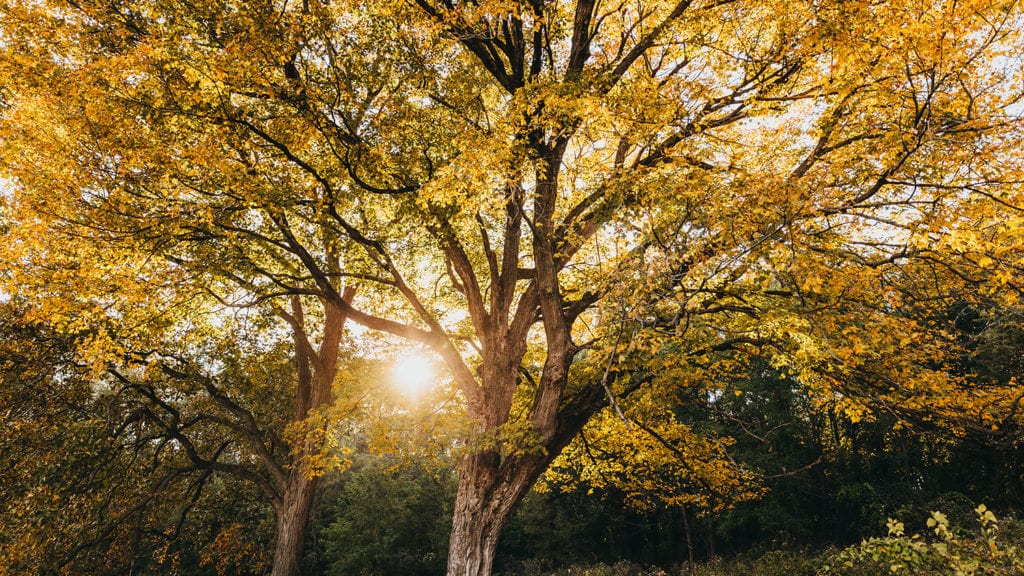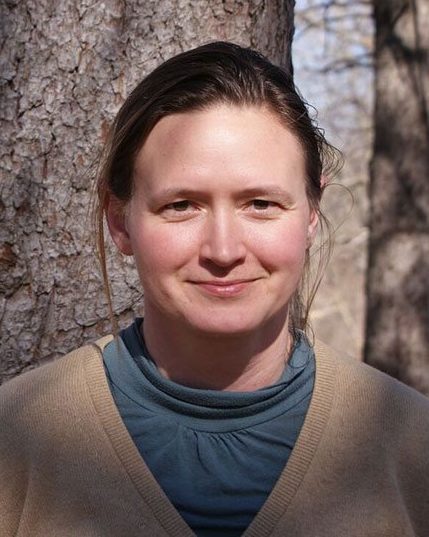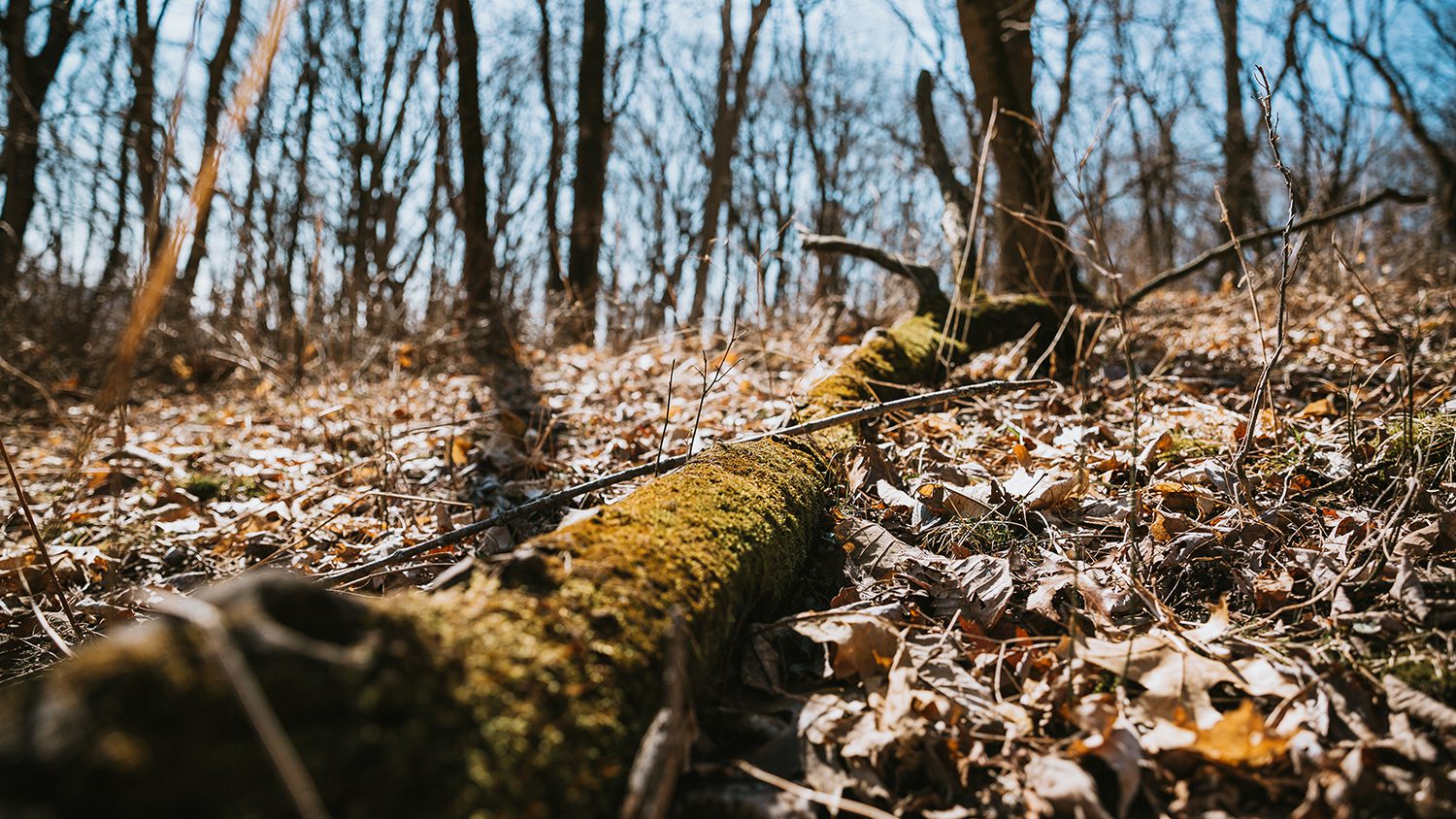
By Director of
Land Stewardship
Jean Wiedenheft
People keep telling me how great catalpas are, but in my neck of the woods, quite literally, they are not great because they are not native. What constitutes a native tree is a challenging question, because it depends entirely on your perspective. Land managers typically start with where trees were growing prior to European colonization. A tree from another continent is clearly not native. After that broad, sweeping definition, things become less clear.
 I’m in East Central Iowa. Is a tree historically found only in the Appalachian region native here? Is a tree historically found only in the northeast corner of the state, known as the Driftless Area, with its own unique geography, flora, and fauna, native here? Is it better to follow geographic patterns of origin, such as mountain ranges and rivers for defining native? Is it better to draw a 50 mile radius around a site, and only include trees historically found there? Or should it be a 200 mile radius around the site? Should it be the Midwest, which spans 12 states, including North Dakota and Ohio? If a species range historically stops at the Missouri or Mississippi river, but there is no other apparent reason it isn’t here, should we move it here? As the climate warms and changes, southern species will be more able to tolerate our climate. Should we help those species become established here? If the evidence suggests a species’ range shrunk because of changes in animal predation or human activity, should we recolonize them? These are the questions that can keep a land manager up at night. Who decides? Who’s right? What’s right for the land?
I’m in East Central Iowa. Is a tree historically found only in the Appalachian region native here? Is a tree historically found only in the northeast corner of the state, known as the Driftless Area, with its own unique geography, flora, and fauna, native here? Is it better to follow geographic patterns of origin, such as mountain ranges and rivers for defining native? Is it better to draw a 50 mile radius around a site, and only include trees historically found there? Or should it be a 200 mile radius around the site? Should it be the Midwest, which spans 12 states, including North Dakota and Ohio? If a species range historically stops at the Missouri or Mississippi river, but there is no other apparent reason it isn’t here, should we move it here? As the climate warms and changes, southern species will be more able to tolerate our climate. Should we help those species become established here? If the evidence suggests a species’ range shrunk because of changes in animal predation or human activity, should we recolonize them? These are the questions that can keep a land manager up at night. Who decides? Who’s right? What’s right for the land?
Different land managers at different sites develop different criteria, based on their goals for the land and how it is used by people. I love visiting Linn County’s Arboretum at Morgan Creek Park, which has a wide array of international-originating trees, and I consider it an absolute treasure in our community.
For selecting trees at the Nature Center to plant, our goal is to maintain healthy, diverse native ecosystems. For our maximum outer boundary of defining a native tree, we follow the state boundaries. We also pay attention to the ecosystems that were found here, at this particular site, when it was originally surveyed. We were fortunate to have pollen samples taken from soil cores on site, providing us with further evidence of what was growing here. It wasn’t the catalpa.
Planting trees that ecologically belong here provides animals that depend on those ecosystems with the maximum amount of habitat. It also provides those trees with soils and a climate that is suitable for them, creating an environment that is stable and will allow them to mature.
As CO2 levels in the atmosphere increase, and the climate continues to warm, trees that were once “southern Iowa” species may extend their range here, and trees that are more suited for cold, rugged winters may find their range shrinking. As new invasive species emerge and challenge the integrity of our forests, such as Dutch Elm disease and Emerald Ash Borer, our forests will change. Some species will vanish or have shorter life spans. That sadly is inevitable.
In the early days of the Nature Center, non-native trees and shrubs were planted. Someday, our current definition of native may change to reflect changes in our ecological understanding. Right now, providing a refuge for our native trees, and keeping our forests diverse and healthy, are some of the best tools we have to allow them to survive and thrive in the face of extreme and ever-changing challenges.




 Not ready to purchase a tree, but wanting to support the Nature Center?
Not ready to purchase a tree, but wanting to support the Nature Center?